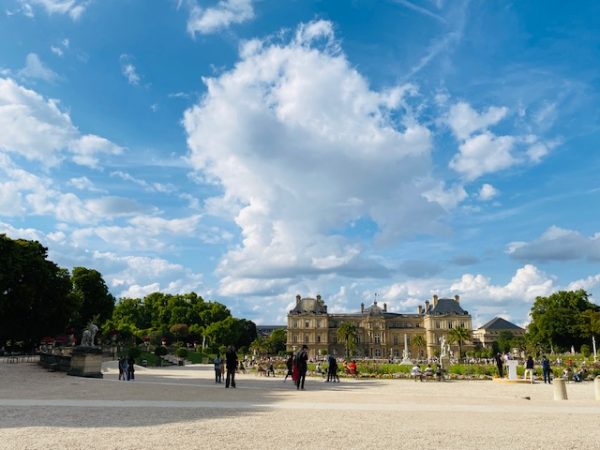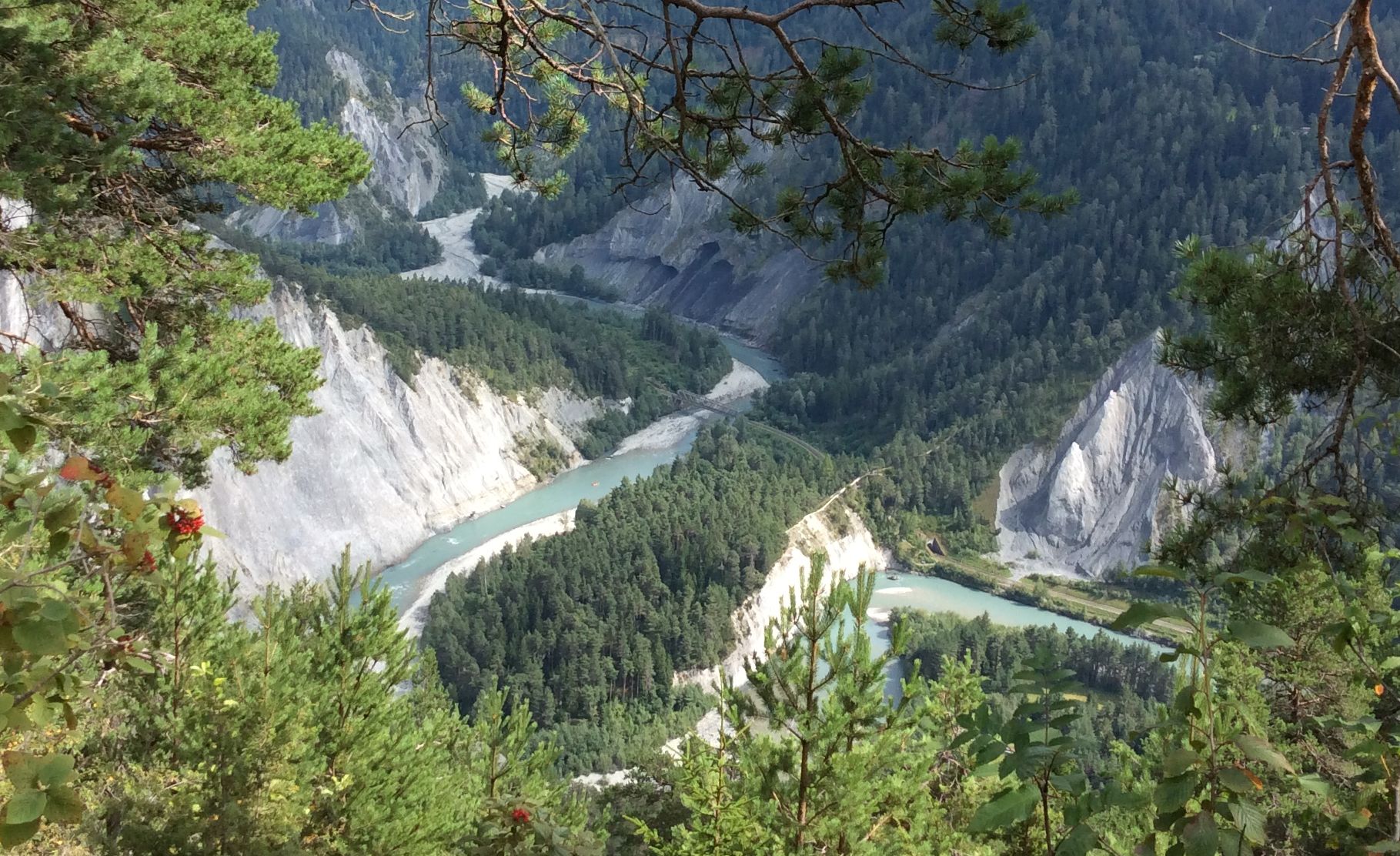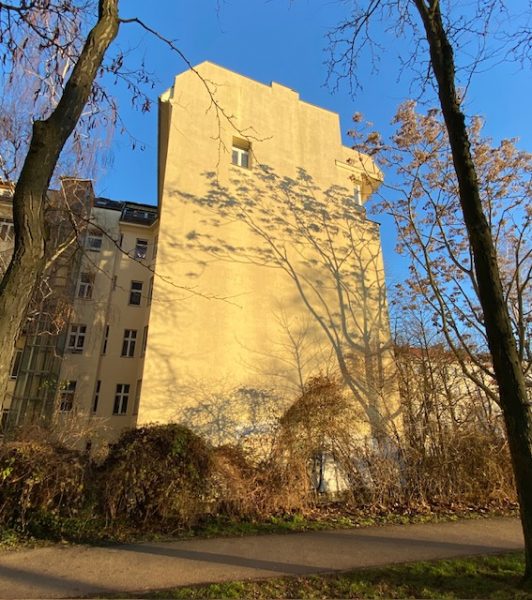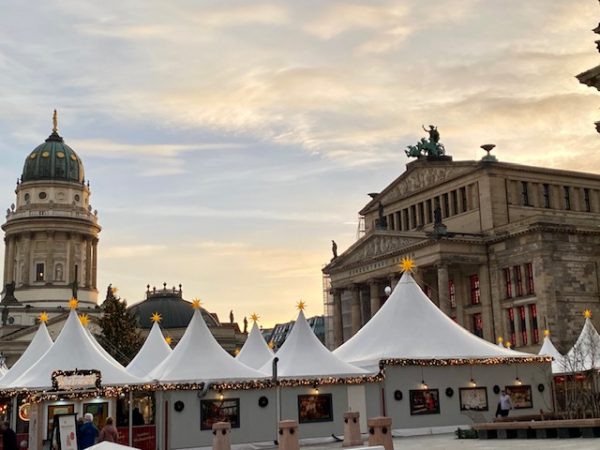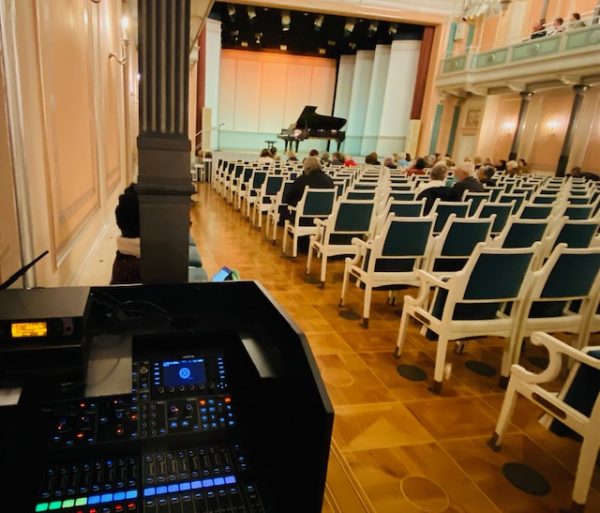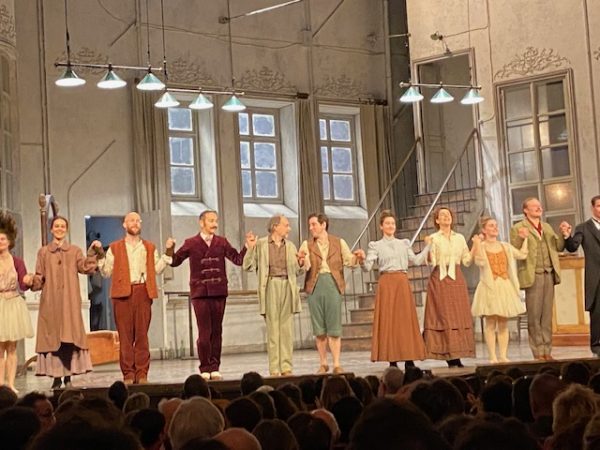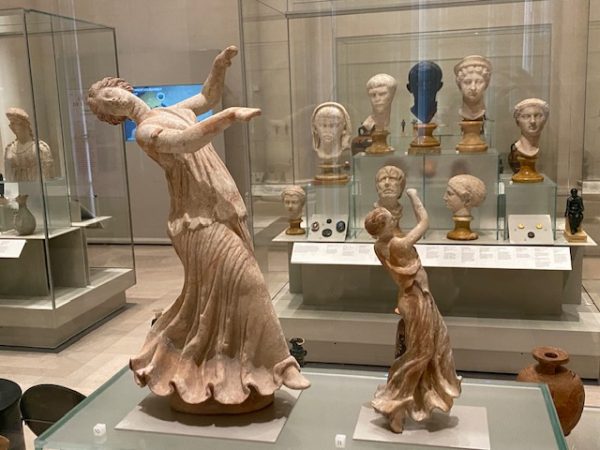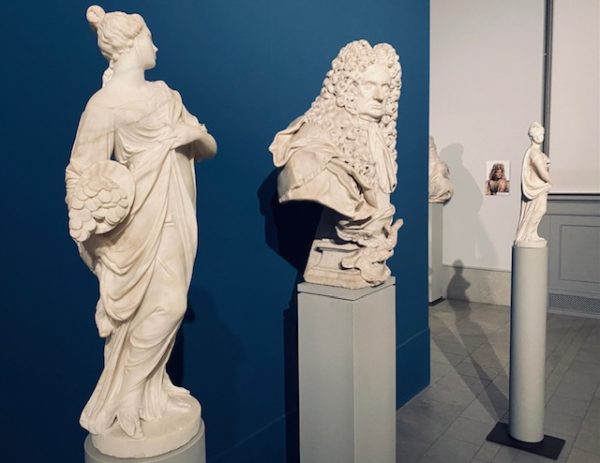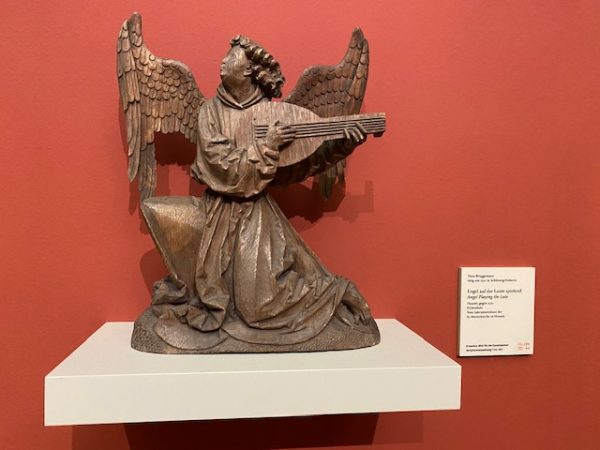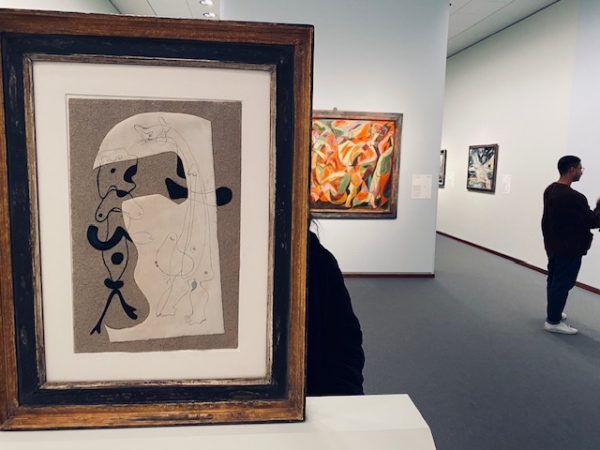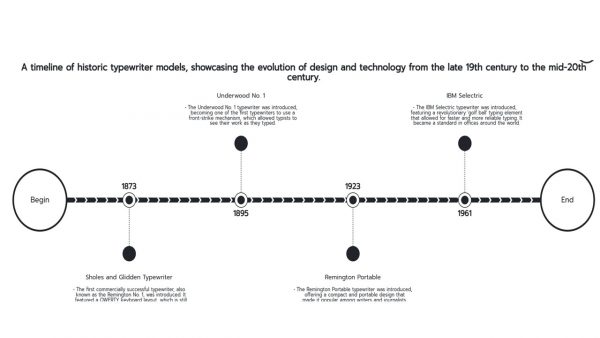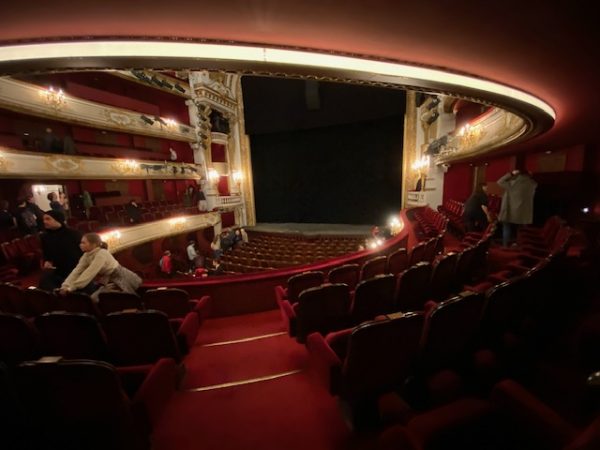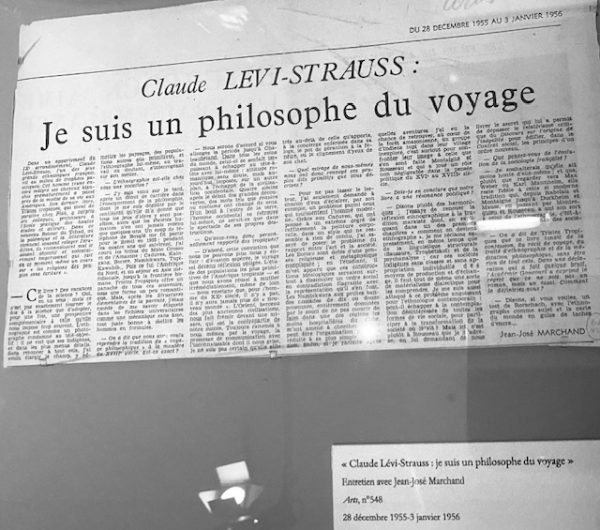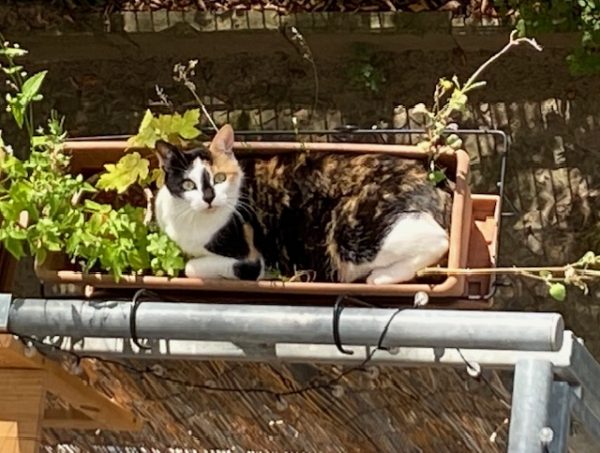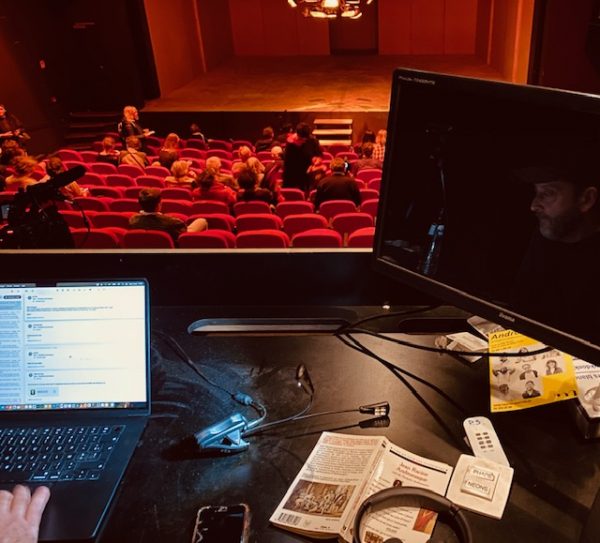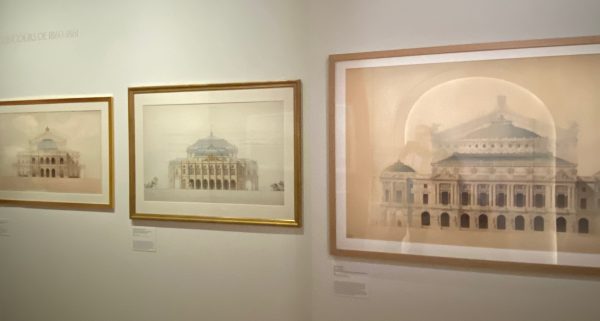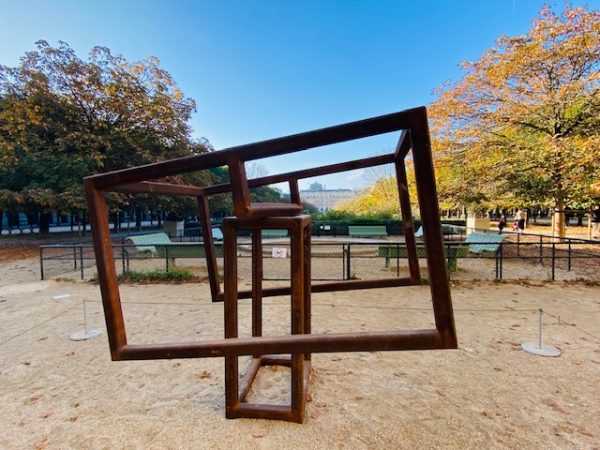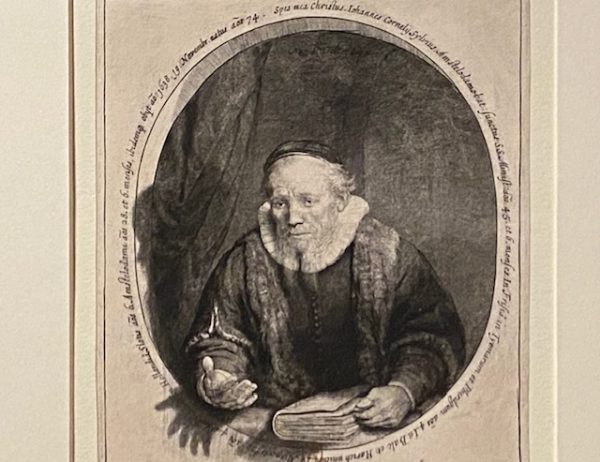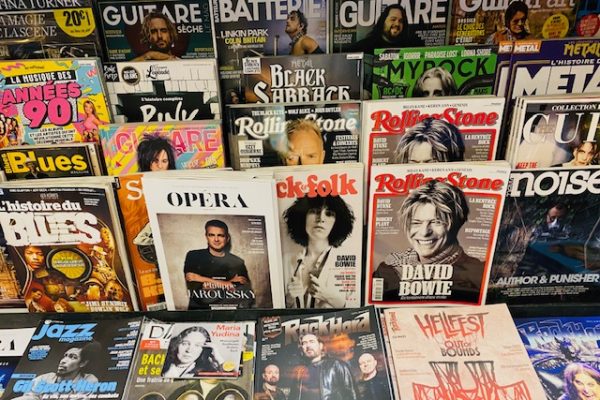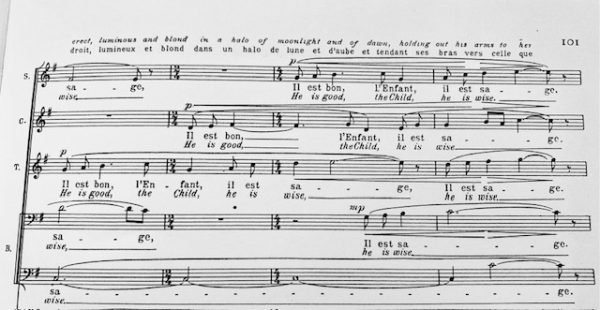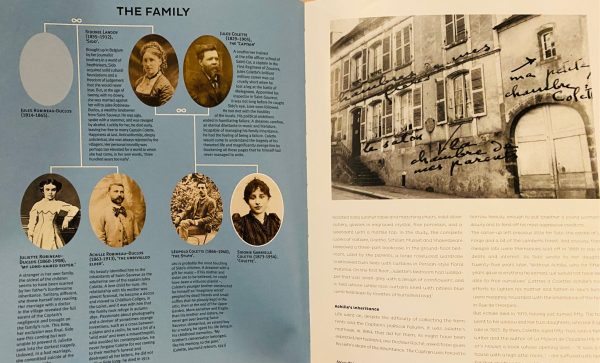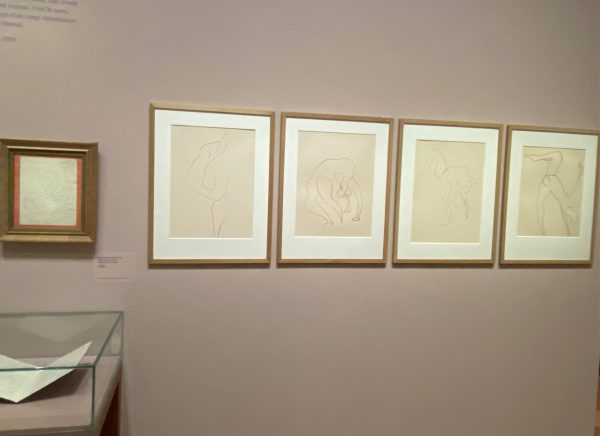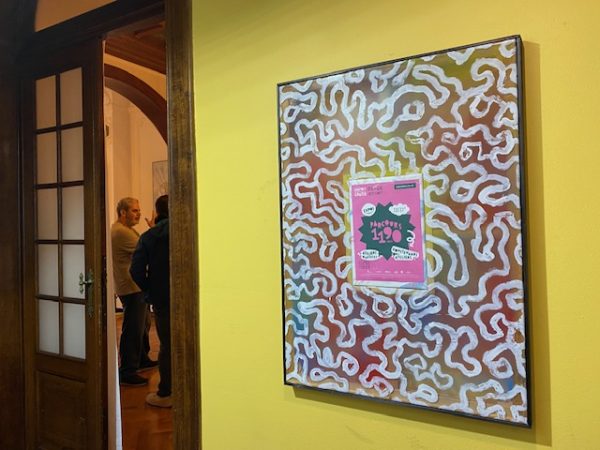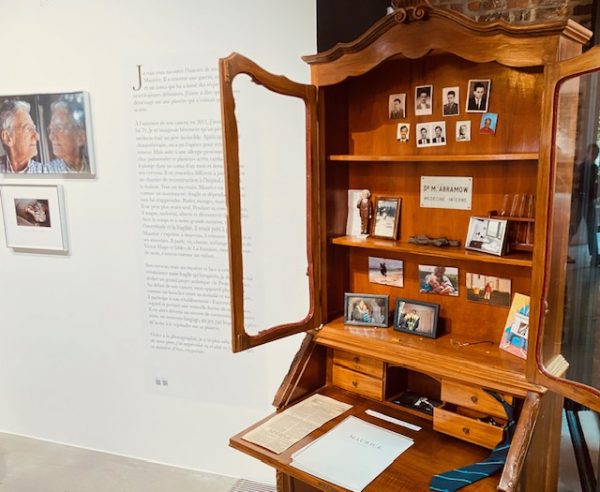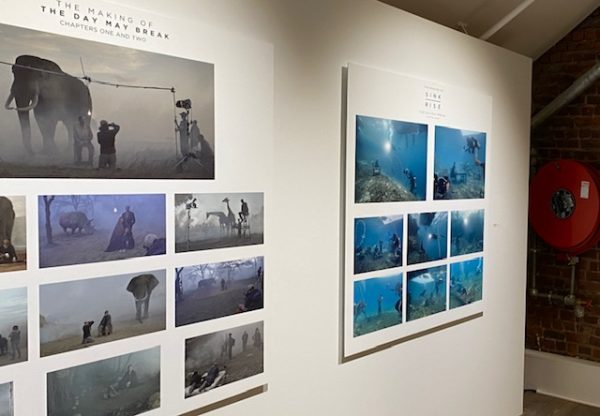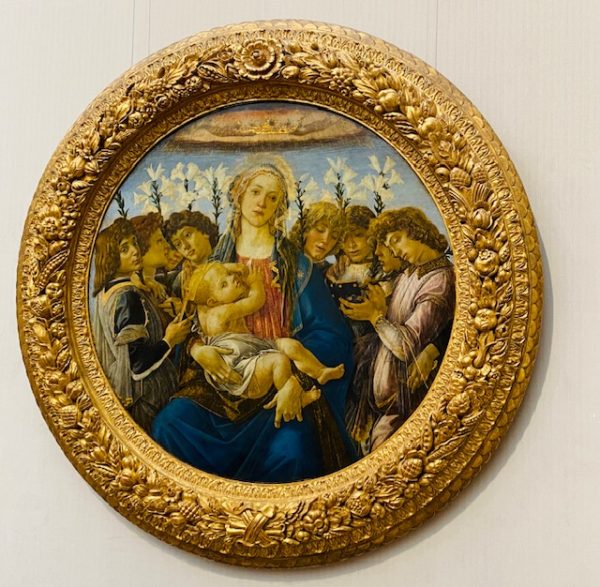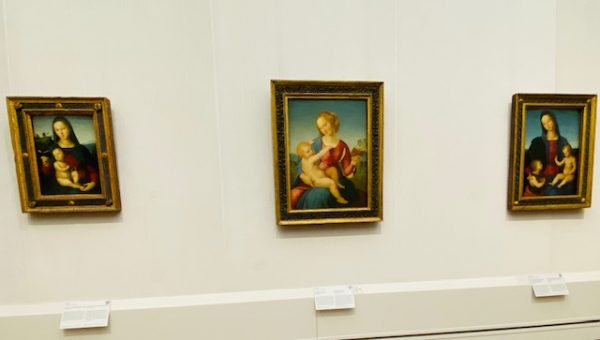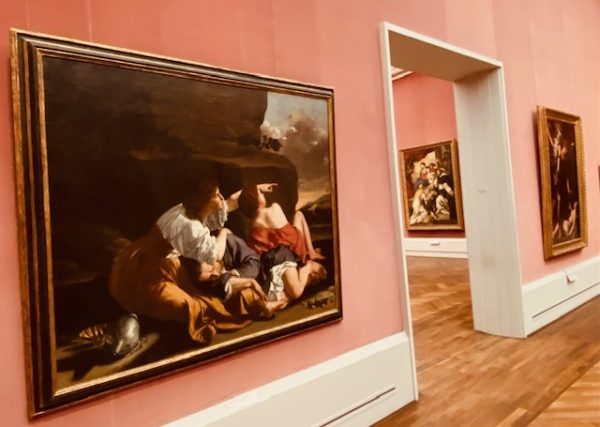One of the poems by Rainer Maria Rilke is entitled “You don’t have to understand life”.
And the first line of the first paragraph just repeats the programmatic sentence of the quite revolutionary romantic movement. Following a century of the enlightenment, which narrowly developed and focused on rationality and Kant’s “Critic of pure reasoning”, the authors of the romantic movement were eager to explore the world beyond reasoning again.
“Du mußt das Leben nicht verstehen,
dann wird es werden wie ein Fest.”
Rilke brings back the exuberant, Dionysian element into literature and captured the new spirit of his time. After a period of fast innovation in the sciences and applications of them in day-to-day life, Rilke revels in the innocent days and years during childhood, where youth is simply asking for more without hindsight. In doing so: “Life will be a like a feast”. So be it, we should like to add. (Rilke wrote a poem « Das Karussell » with subtitle Jardin du Luxembourg, Image below)
